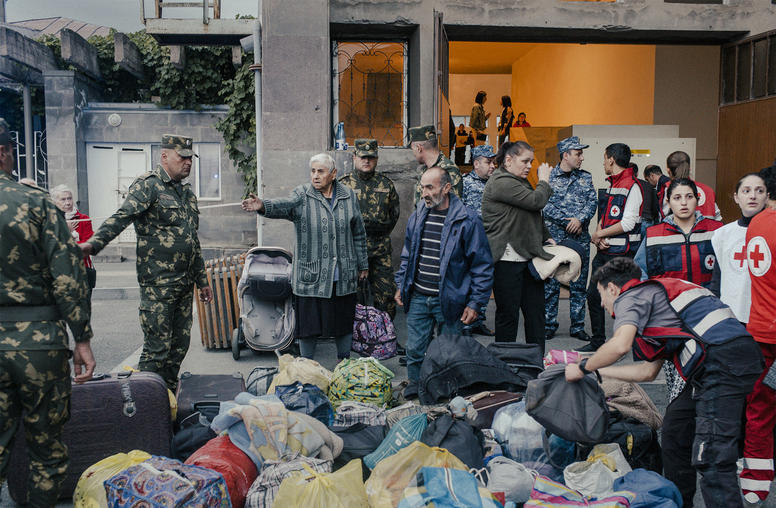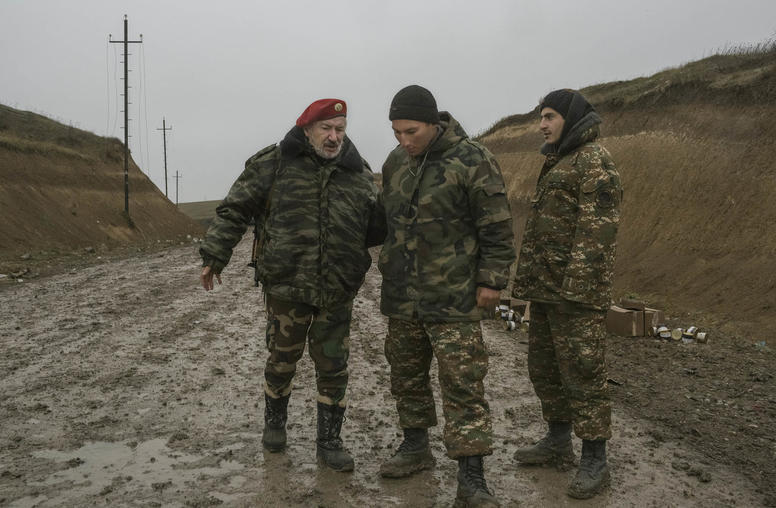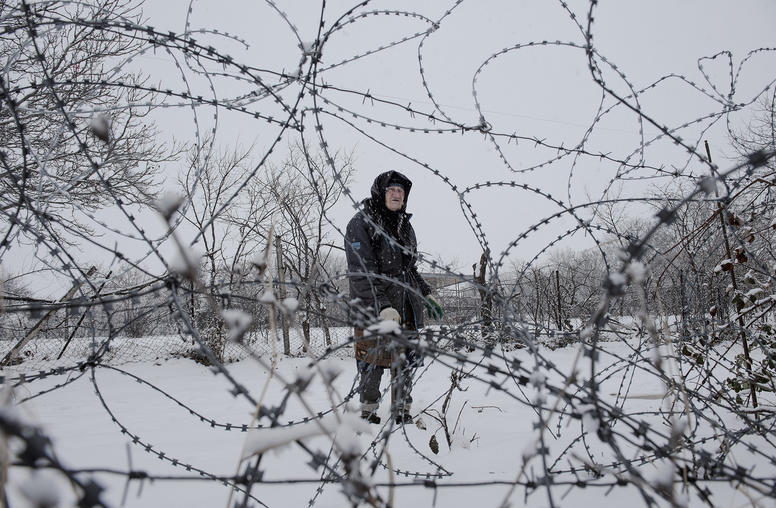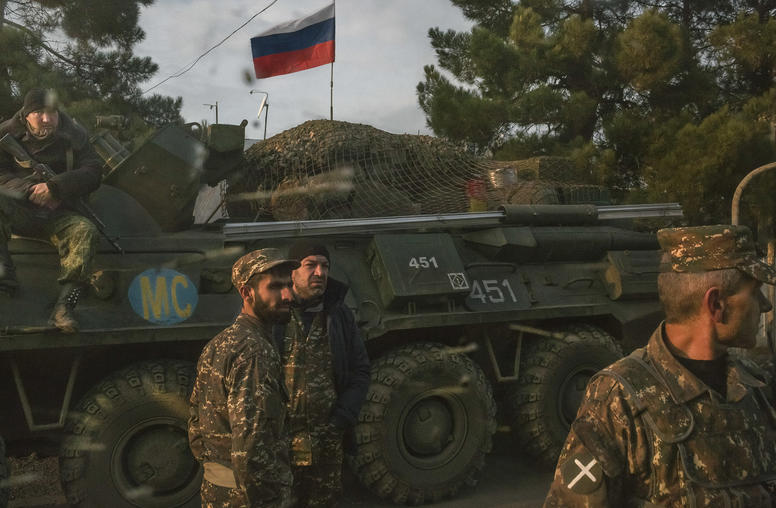Overcoming the Challenges of Transitional Mobilization
Nonviolent action can be a powerful way to bring about peaceful transitions from autocratic rule to democracy. But even when initially successful, movement leaders often face significant challenges, from frustrations that grievances are not addressed quickly enough to counterrevolutions aimed at restoring the authoritarian status quo. This report examines two recent transitions—the 2011 Jasmine Revolution in Tunisia and Armenia’s 2018 Velvet Revolution—and presents recommendations for improving the likelihood that change initiated through nonviolent action leads to robust and lasting democracy.

Summary
Political transitions that originate in nonviolent action campaigns are more likely to lead to democracy than transitions that originate through other means. Yet even political transitions that begin with this democratizing advantage face several challenges along the uncertain road to democracy. The organizers, activists, and political parties that unified to initiate the transition often face pressure to fragment into competing factions, a dynamic that can lead to outbreaks of violence. Previously independent civil society forces must decide whether and how to engage with the transitional government, which may deprive them of critical leadership and temper the transformative character of their demands. And actors across the political spectrum must balance retaining autonomy with accepting external support from foreign donors and aid organizations.
A growing literature and the examples of two recent cases, the 2011–2014 transition in Tunisia, the so-called Jasmine Revolution, and the 2018 transition in Armenia, the Velvet Revolution, serve to illustrate these challenges. While the details differ from case to case, an overarching finding is that the challenges, and hence their solutions, are embedded in the kinds of relationships activist movements develop internally and with civil society, the transitional government, and external actors. This schema provides a way for activists and supporters to understand better how to respond to and mitigate disruptions that could threaten the success of a transition, particularly preventing outbreaks of violence.
The actionable recommendations provided in this report emphasize excellent communication among the different actors, shared strategies for engagement among activist groups, and clarity in the roles external partners may play, all as means to improve the likelihood of achieving a robust and lasting post-transition democracy.
Among activists and civil society actors, the report recommends developing dense networks of communication, expanding tactical repertoires to include tactics that have lower risks of violent escalation, and pursuing contention through systematized, structured interactions that lower the stakes of any single political struggle. For the relationship between activists and transitional governments, the report recommends fostering a wide spectrum of civil society–government interactions, from confrontational to cooperative, to build the capacity of transitional governments to bring about political reforms while maintaining external accountability structures to ensure they will do so. Finally, for the relationship between civil society activists and international actors, the report emphasizes the importance of local autonomy and providing types of support (particularly training and convening) that allow local actors to be the primary drivers of transitional reforms.
About the Report
Civic engagement and mobilization vary in political transitions that originate in nonviolent action, with ramifications for long-term peace and democracy. This report provides recommendations for resolving common challenges that arise during the transition period, drawing on insights from the 2011 Jasmine Revolution in Tunisia and the 2018 Velvet Revolution in Armenia. The report was funded through an interagency agreement between the United States Institute of Peace and the Democracy, Human Rights, and Governance Center at USAID.
About the Author
Suha Hassen is a PhD candidate at George Mason University and a research analyst for the Nonviolent Action program at the United States Institute of Peace (USIP). Jonathan Pinckney is the director of applied research at the Horizons Project and a former senior researcher with the Nonviolent Action program at USIP.



